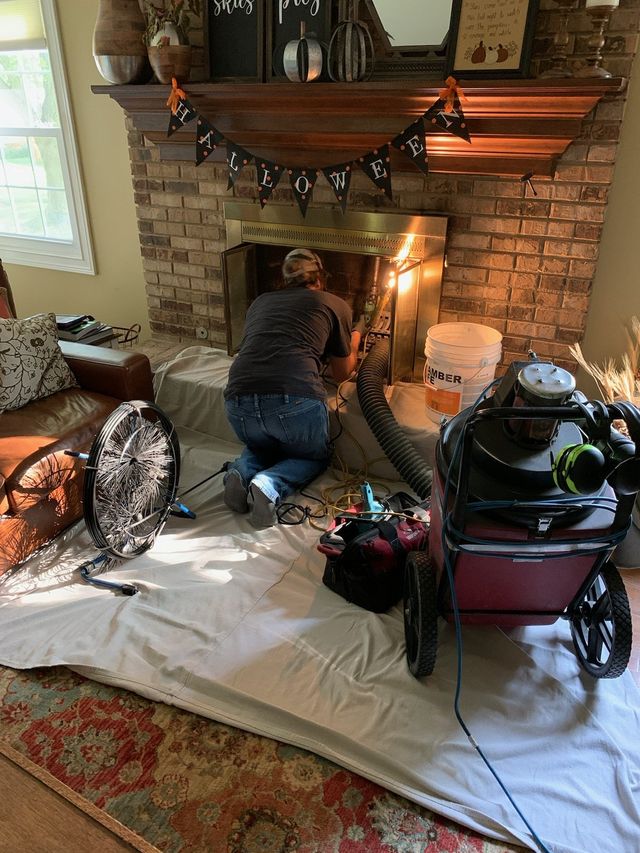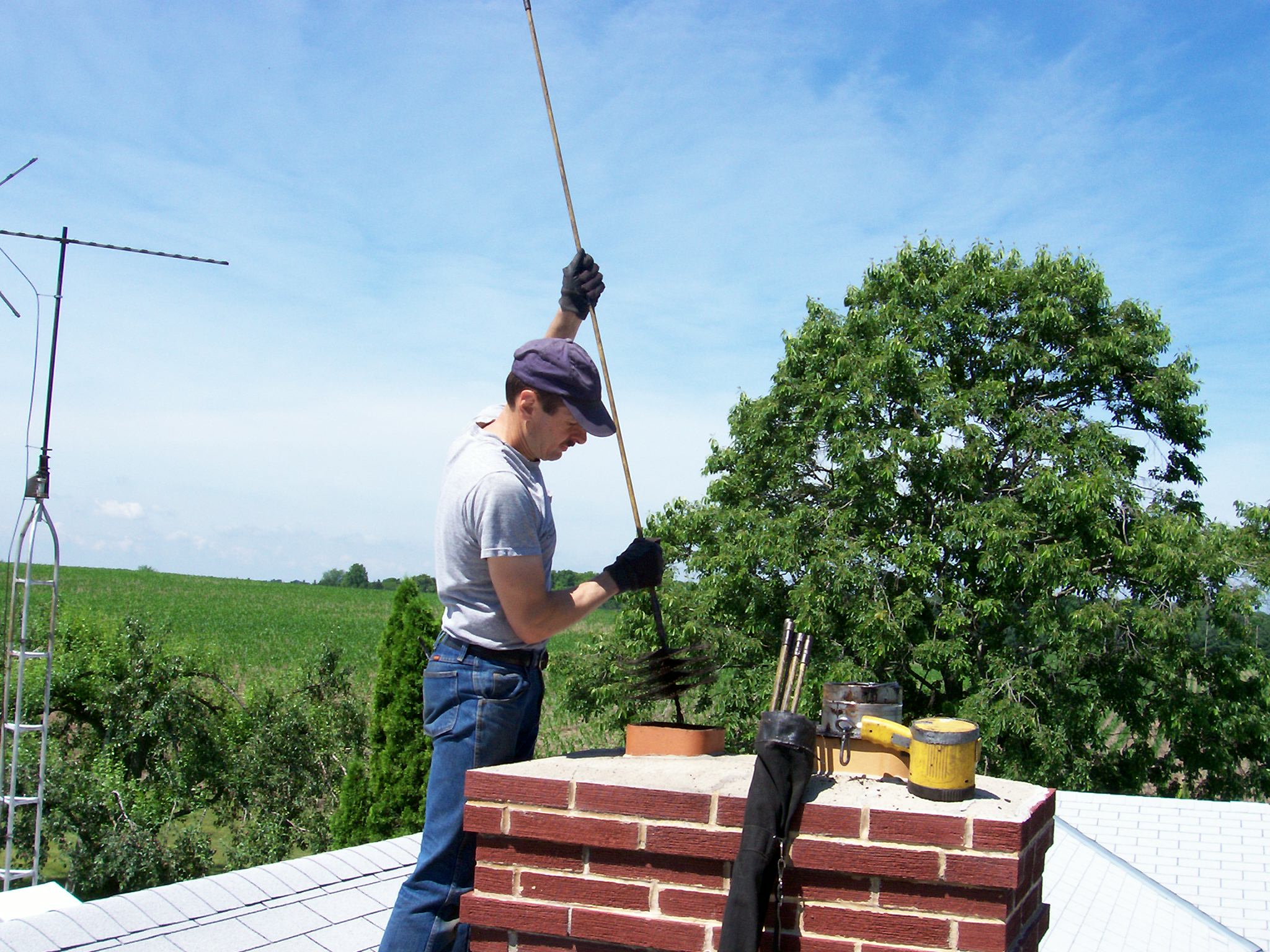Maintain Efficient Heating Systems: The Importance of Routine Smokeshaft Cleaning
In the world of home upkeep, the importance of ensuring that heater run efficiently can not be overemphasized. One vital element typically overlooked is the regular cleaning of smokeshafts. Past mere visual appeals, smokeshaft upkeep serves a pivotal role in the functionality and safety of a furnace. By dealing with issues such as blockages and enhancing overall effectiveness, the benefits of this apparently basic job extend much past what satisfies the eye. The repercussions of ignoring this necessary maintenance can bring about dire consequences, making it important for house owners to prioritize routine smokeshaft cleansing as a crucial part of their household maintenance regimen.
Value of Chimney Upkeep
Normal chimney maintenance is necessary for ensuring the safety and security and performance of your home heating system. Gradually, smokeshafts build up creosote, an extremely combustible substance generated by shedding timber, which can bring about dangerous smokeshaft fires otherwise properly gotten rid of via regular cleansing. Furthermore, particles such as fallen leaves, branches, and even animal nests can block the smokeshaft, triggering smoke to back up into your home and subjecting owners to unsafe gases like carbon monoxide.
When the chimney is blocked or obstructed, the fireplace or home heating device may not work optimally, leading to lowered heating effectiveness and potentially higher power expenses. By organizing normal smokeshaft examinations and cleansings, homeowners can avoid pricey repairs and guarantee that their home heating system operates safely and successfully throughout the chillier months.
Preventing Smokeshaft Clogs

Along with residue, debris like fallen leaves and branches can find their way into the chimney, particularly if a chimney cap is not set up or is harmed. These foreign things can rapidly block the flue, causing smoke to back up into your home. Additionally, pets seeking refuge might build nests within the chimney, additional hampering appropriate air flow. Carrying out safety nets such as setting up a smokeshaft cap and organizing regular smokeshaft evaluations are reliable methods to reduce the threat of obstructions and ensure the secure operation of your heating unit.
Enhancing Heater Effectiveness
Improving the effectiveness of a heating system is crucial for making best use of efficiency and click for source reducing energy consumption in domestic and business settings. One trick approach to improve heating system performance is by ensuring appropriate insulation. Insulation helps protect against warm loss, allowing the heating system to maintain the wanted temperature level much more properly.
Lessening Fire Hazards
Enhancing the safety of a heater includes decreasing fire hazards to secure both residential or commercial property and residents. Regular chimney cleansing plays an essential duty in lowering the danger of fires. In time, creosote, an extremely flammable compound, can construct up inside smokeshafts from the incomplete burning of wood or nonrenewable fuel sources. This buildup considerably increases the chances of a smokeshaft fire, which can rapidly spread to the rest of the residence. By making certain that the chimney is cost-free and tidy of obstructions, such as nests or particles, property owners can alleviate this danger.
In addition to smokeshaft upkeep, appropriate installment and upkeep of heating devices Resources are crucial for fire prevention. Maintaining combustible products at a safe distance from heating resources and using safety obstacles can better minimize the threat of fires in the home.

Ensuring Safe Indoor Air High Quality
Indoor air contamination can stem from numerous resources, consisting of food preparation fumes, cleansing products, pet dog dander, and also the burning results of heating systems. When chimneys are not cleansed regularly, they can come to be blocked with debris, creosote, and soot, leading to inadequate air flow and possible backdrafts of unsafe gases like carbon monoxide right into the home.

Regular smokeshaft cleaning is necessary in making sure that these dangerous materials are efficiently expelled outside, preventing them from flowing within the interior setting. Focusing on smokeshaft upkeep as component of general interior air top quality initiatives is an aggressive step in the direction of creating a comfy and risk-free living setting.
Final Thought

Over time, smokeshafts gather creosote, a very flammable material produced by melting wood, which can lead to hazardous more smokeshaft fires if not effectively gotten rid of via normal cleaning. When the smokeshaft is obstructed or blocked, the fireplace or home heating appliance might not work efficiently, leading to lowered heating effectiveness and possibly higher energy expenses.In addition to soot, debris like fallen leaves and branches can find their method into the chimney, especially if a chimney cap is not mounted or is damaged. Carrying out preventive actions such as mounting a chimney cap and organizing regular smokeshaft assessments are effective methods to alleviate the danger of obstructions and make sure the secure operation of your heating system.
It is essential to focus on chimney maintenance to prevent costly repair work and possible wellness threats connected with an ignored smokeshaft.